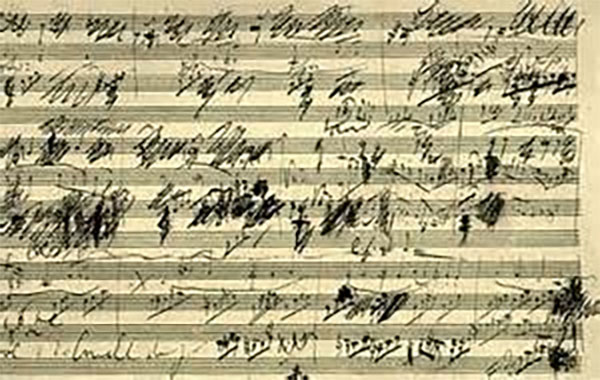This sounds like a total contradiction. So, I’m going to show you something really fascinating today! You will hear an example of the famous Mozart Sonata in C major K545. Most of you probably know this sonata. I’m going to be demonstrating with the beautiful and lyrical slow movement. I’m going to first play it in a way that is pretty slow. But it won’t sound slow and I’ll explain why in just a minute.
This movement is in ¾ time and I’m playing every single sixteenth note in the left hand as its own beat. So you’re hearing a lot of motion in the music. Now I could play it at the same tempo or even slightly faster, but hearing the eighth notes as the beat. It will start to sound a little bit slower even at the same tempo or faster.
Finally, we’re going to go one step further and make the quarter note the beat. I will play a little bit faster. Yet, it will sound slower than anything you’ve heard so far. It will have a more relaxed quality. It was Rachmaninoff who said,
“The bigger the phrase, the bigger the musician.”
So in your music, try to think the long notes as the pulse of your music; particularly in slow movements. It will have the benefit of creating a relaxed quality. You will also be able to take faster tempos yet make it sound slower which can really help with slow movements that have repeats because they can get ponderously long if you take them too slowly. You can create a relaxed quality in your music at a faster tempo by hearing the longer notes as the beat.
I hope this has been helpful! This is Robert Estrin at LivingPianos.com Your Online Piano Store! 949-244-3729 info@LivingPianos.com









